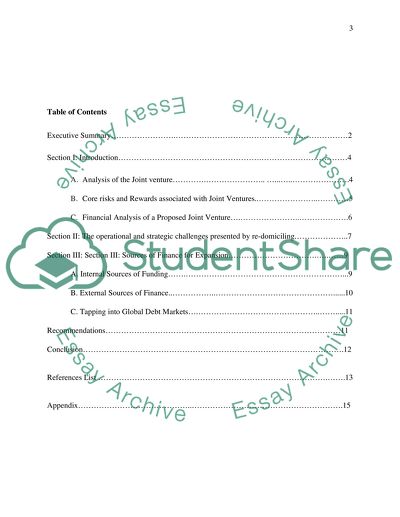Cite this document
(“International business finance Essay Example | Topics and Well Written Essays - 2500 words - 2”, n.d.)
International business finance Essay Example | Topics and Well Written Essays - 2500 words - 2. Retrieved from https://studentshare.org/finance-accounting/1637466-international-business-finance
International business finance Essay Example | Topics and Well Written Essays - 2500 words - 2. Retrieved from https://studentshare.org/finance-accounting/1637466-international-business-finance
(International Business Finance Essay Example | Topics and Well Written Essays - 2500 Words - 2)
International Business Finance Essay Example | Topics and Well Written Essays - 2500 Words - 2. https://studentshare.org/finance-accounting/1637466-international-business-finance.
International Business Finance Essay Example | Topics and Well Written Essays - 2500 Words - 2. https://studentshare.org/finance-accounting/1637466-international-business-finance.
“International Business Finance Essay Example | Topics and Well Written Essays - 2500 Words - 2”, n.d. https://studentshare.org/finance-accounting/1637466-international-business-finance.


